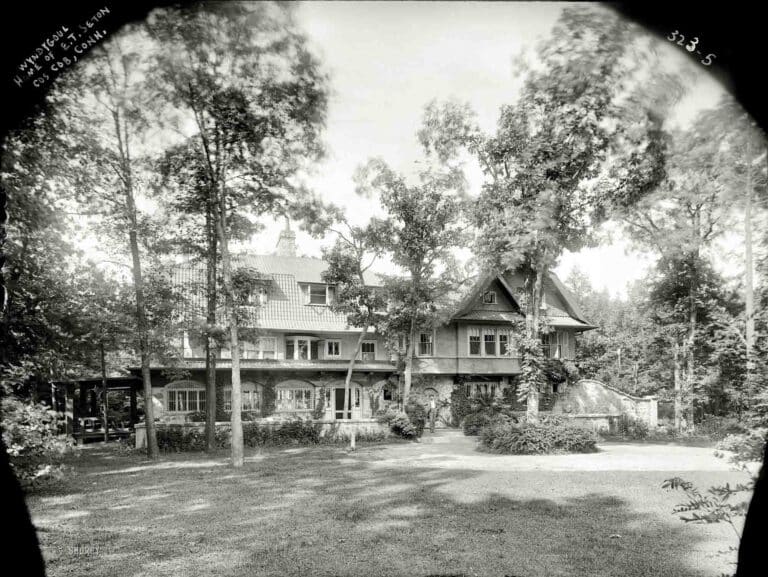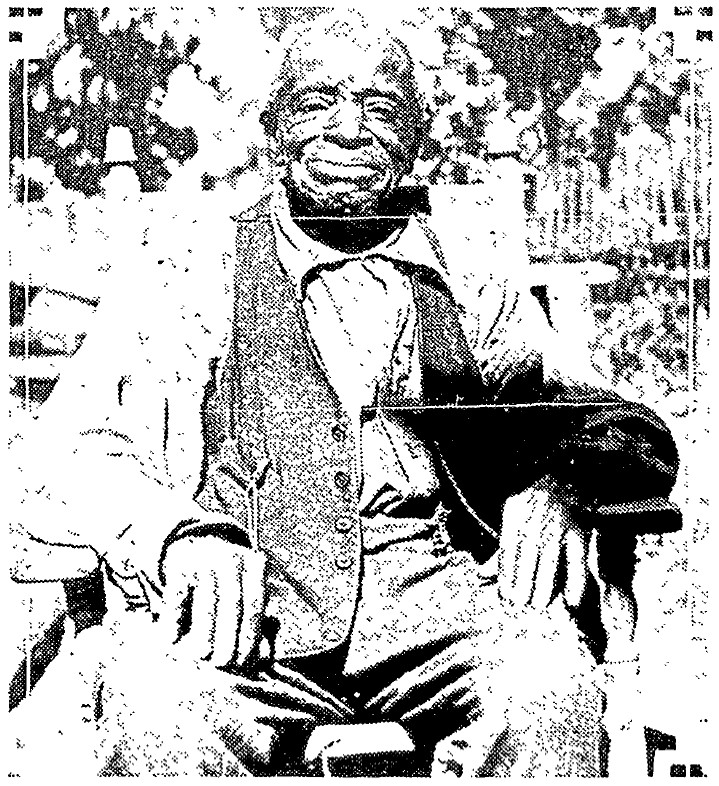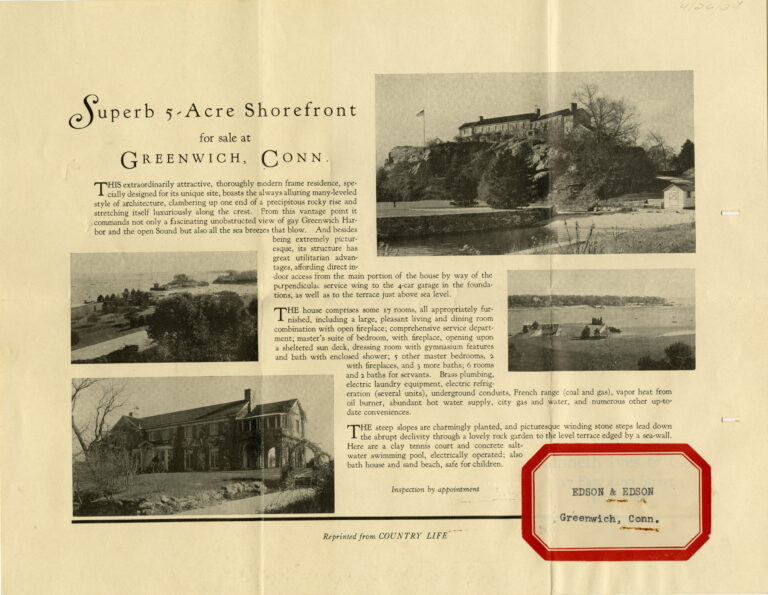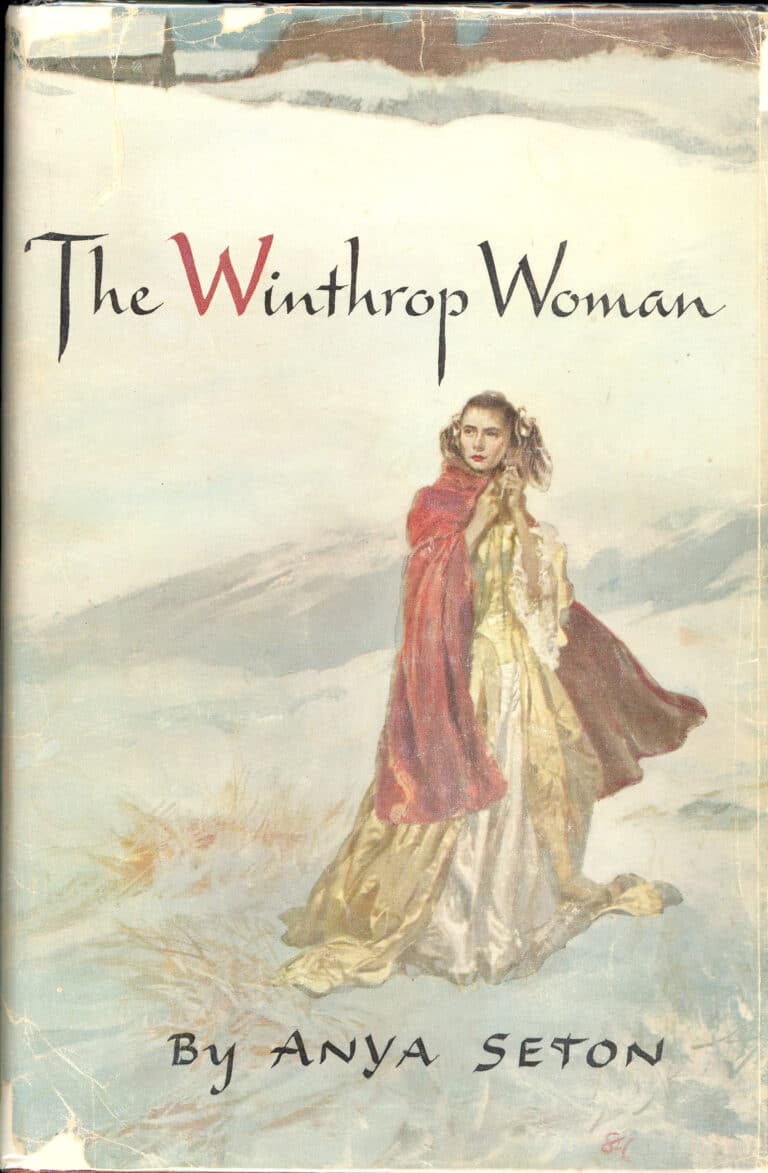Anya Seton: Author, socialite, history lover, and lifelong Greenwich resident. Born Ann Seton on
January 23, 1904, the Setons moved to Greenwich when Ann was three months old. By the time
of her death in 1990 at the age of 86, she had hopped between Old Greenwich, Cos Cob, and
Greenwich proper, but never left Connecticut for more than a few years at a time. Anya’s works
were shaped by her family dynamics and childhood experiences both in Greenwich and abroad.
This first part of a two-part exploration of Anya Seton’s life delves into the impact of her parents
and her youth on her personality and writing.

Ann Seton was the only daughter of two famous writers, Ernest Thompson Seton (1860-1946)
and Grace Gallatin Seton Thompson (1872-1959). Among the many facets of his successful
career as a naturalist and illustrator, Ernest Thompson Seton founded the Boy Scouts of America,
wrote several bestseller books, and established the Woodcraft League of America in Cos Cob.
Yet perhaps one of the most important aspects of his identity was his triple British, Canadian,
and American citizenship. As a result of her father’s British citizenship, Ann frequently traveled
to England—by the time she was thirteen, she had crossed the ocean eight times. Several novels
she wrote later, including Katherine and Green Darkness, were set in England, inspired by the
sights she saw in those travels and subsequent ones. Ann’s “dual nationality,” as she called it, of
America and England, is best represented by her most critically acclaimed work The Winthrop
Woman, which follows Elizabeth Fones from her life in England to her settlement in and
founding of Greenwich.
Ernest also designed and built the Setons’ family homes in Greenwich. Ann was christened in
her first childhood home, Wyndygoul, a country estate spanning 120 acres in Cos Cob. Its
remains can be found in Pomerance Park, where a plaque commemorates the home. In 1913, the
family sold Wyndygoul and moved to another estate in Round Hill Road, where they lived until
Ann was nine. From there, Ernest built an even grander estate on Lake Avenue, which he named
DeWinton. However, due to the extensive traveling of both parents and the little time spent at
home, the Setons instead lived in a smaller studio building on the property edge. As an adult,
Ann lived in Old Greenwich in a home she named “Sea Rune,” meaning “magic of the sea.”
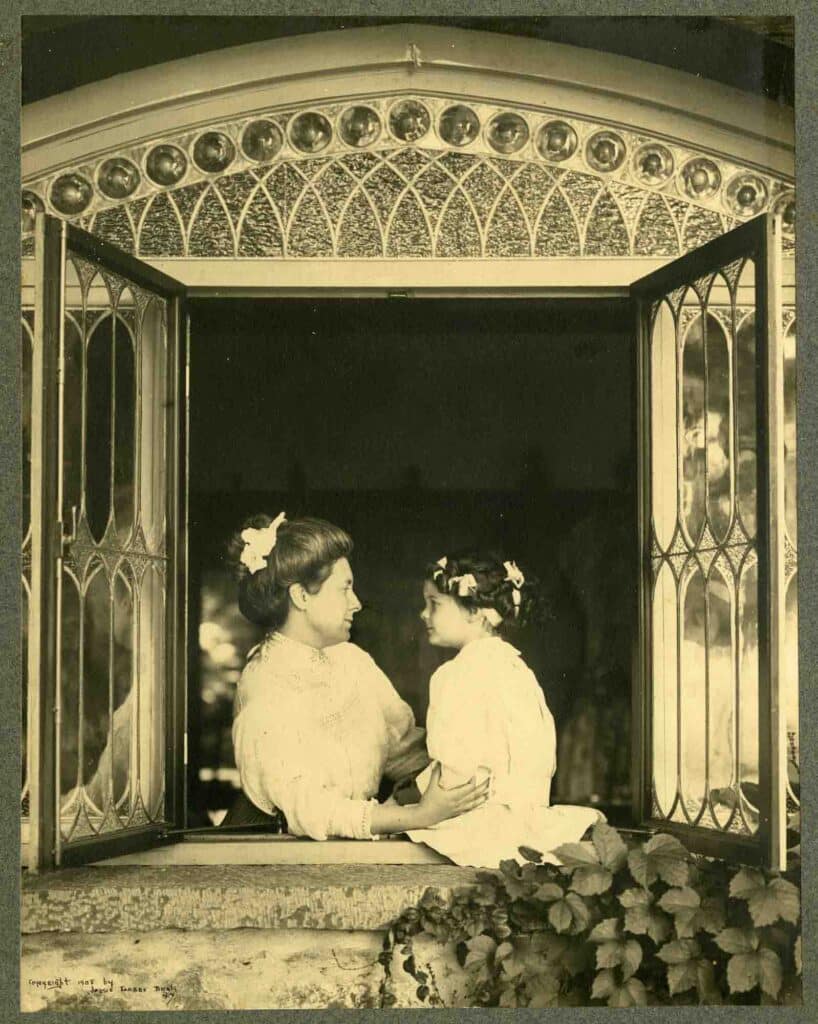
Grace Gallatin led a thriving career as a suffragist, traveler, and writer. She presided over the
Connecticut Women’s Suffrage League, organized French relief efforts during World War I,
wrote seven travel books, and served as two-time president of the National League of American
Pen Women. She often brought Ann with her on her travels, further stimulating Ann’s passion for
historical places, which often were the original inspiration for her novels. (For example, Ann
recalled that the Hudson River “suddenly became meaningful” when she visited it, and
Dragonwyck came to her then.) As a driven, independent woman and working mother in the
early 20th century, Grace inspired Ann to pursue her dreams and ambitions without regard to
critics and cultural expectations. In later interviews with Ann, she emphasized her mother’s role
and importance, especially when the interviewer only spoke about her father and sidelined her
mother. In one interview mere months before her death, in answer to a question about inheriting
her father’s gift of writing, she responded curtly, “My mother wrote a lot, too, you know.” Even
in old age, Ann still maintained a high level of respect for her mother’s writing and talents.
When Ann was five, a visiting Sioux chief gave her the name Anutika, meaning “cloud gray
eyes.” Her parents nicknamed her Anya, and the name stuck. The use of a variation of a Native
American name points to the lasting impact of her father’s fascination with Native American
tribes, which later became her own interest. Ernest studied and lived with several Native
American tribes, and he passed this knowledge on to Anya. Influenced by Ernest, she took
special care to highlight and preserve the Native American history of Greenwich. In one essay,
she detailed the history of Greenwich Point, focusing on the Siwanoy tribe and their roots in Cos
Cob. Notably, Anya included a careful list of all the names of the Native Americans involved in
the land deed. In another essay, titled “Greenwich: A Personal Memoir,” she again dedicated a
large paragraph to the history of the Siwanoy tribe in Greenwich. These pieces of writing
indicate her special connection with Native American history in addition to her passion for
unique historical facts.
Neither having received a formal education, Anya’s parents emphasized learning by experience
rather than traditional schooling. Although Anya did graduate from the Spence School in
Manhattan, private tutors largely contributed to her education, as her travels regularly interrupted
her time at the Spence School. This “learning by experience” childhood, spearheaded by her
mother, taught Anya independence and self-reliance, qualities she carried with her throughout
her two tumultuous marriages and her writing career. Anya’s “strong, courageous female
protagonists” display Anya’s and Grace’s own qualities as much as their historical counterparts.
Indeed, as Alison Weir wrote in Mistress of the Monarchy: The Life of Katherine Swynford,
Duchess of Lancaster, Anya “invested them [her novels] with many of the moral, emotional,
psychological, and cultural aspects of her own life.”
Anya originally planned to be a physician, unimpressed by the “drudgery” of her parents’ writing
lives. These plans were put on hold by her first marriage at eighteen to Hamilton Cottier and
eventually dismissed as she focused on raising her two children. Her wedding was attended by
approximately one thousand guests, including authors, publishers, and artists, a testament to her
parents’ wide, intellectual social circle. Anya modeled her own social circles after her parents’;
Lucinda MacKethan in Anya Seton: A Writing Life noted that the attendees at Anya’s weekly
cocktail parties reflected “how she was acclimating to a circle that increasingly included a
literary element.” While she spent her 20s as a housewife, she couldn’t escape writing forever,
and by her late 30s, she had picked up the practice again, researching and writing for two years
before managing to publish a single piece. At this time, she finally answered the call of historical
research that had been nagging at her since her youth. She started researching for her first novel,
which she deemed “biographical” despite its fictional narrative: My Theodosia, a dive into Aaron
Burr’s daughter and her mysterious death.
Anya’s parents divorced in 1934, but they left a lasting impact on their daughter’s personal and
writing life. Weir wrote that “she inherited their [her parents’] restless spirit, wanderlust, and
thirst for fame and fortune.” From Ernest’s connection with Native American and British
heritage to Grace’s emphasis on travel and independence, Anya’s childhood in Greenwich and
relationship with her parents shaped her adventurous, inquisitive nature and the family dynamics
at the heart of her historical novels.

